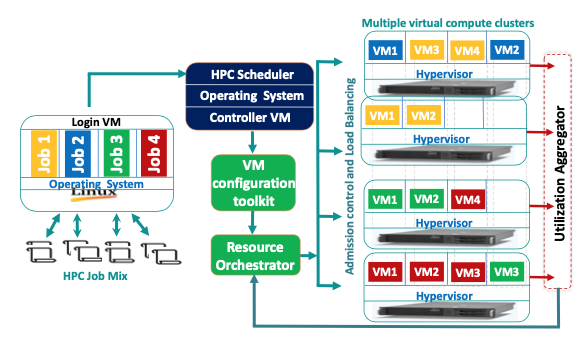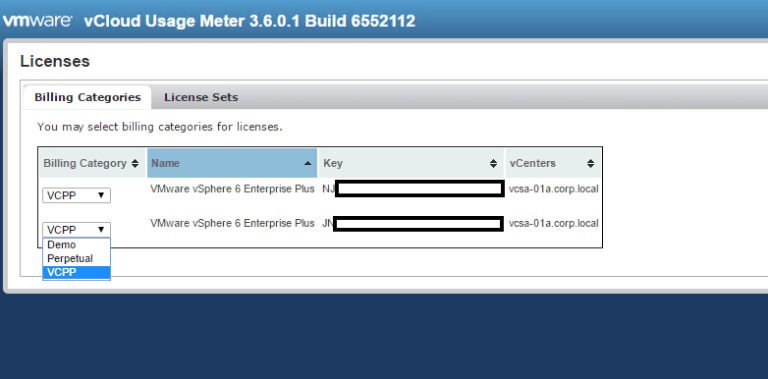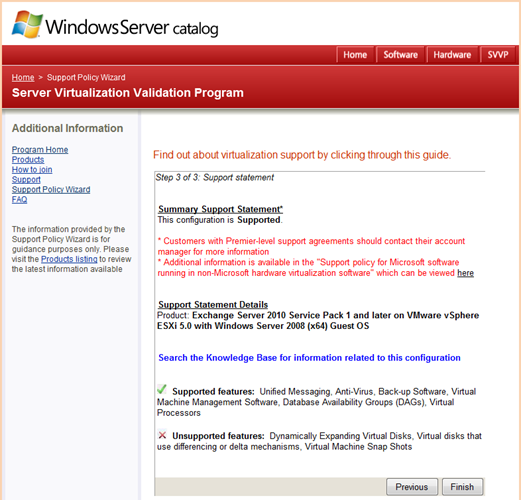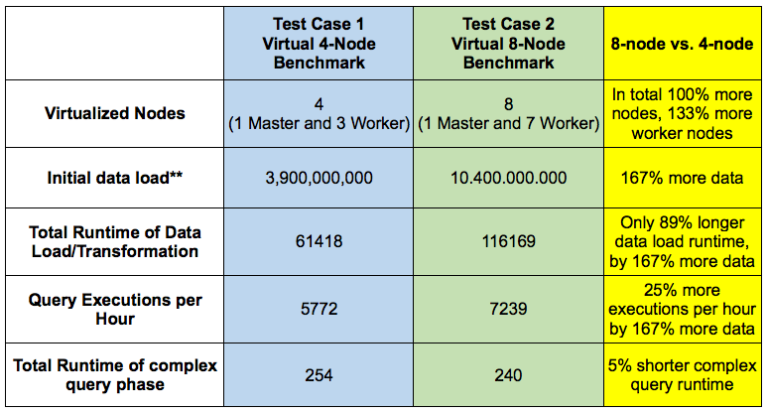
SQL is one of the most widely deployed database platforms in the world, with many organizations having dozens or even hundreds of instances deployed in their environments. In SQL Server 2012, vMotion of SQL workloads is unlimited with Software Assurance (SA) and prohibited without SA (i.e. customer must license the origin and target host to accommodate the vMotion). In SQL 2008, vMotion of SQL workloads is unlimited with SA and limited to once every 90 days without SA. This limitation is a Microsoft licensing limitation, not a technical limitation.
The challenge for the administrator is to provide database services to application owners with the flexibility and autonomy they expect while keeping the infrastructure as simple and economical as possible. The proliferation of large, multi-socket, multi-core servers has led many organizations to attempt traditional database consolidation, moving small databases into large shared database environments. Migrating to such a model can be an extremely complex endeavor requiring in-depth application remediation at the forefront and rigorous attention to operational processes once implemented for version control and continued application compatibility.
Virtualizing SQL can allow the best of both worlds, simultaneously optimizing compute resources through server consolidation and maintaining application flexibility through role isolation. SQL Servers can be migrated in their current state without expensive and error-prone application remediation and without changing the operating system, application version or patch level. For high-performance databases, VMware and partners have demonstrated the capabilities of vSphere to run the most challenging SQL Server workloads. For smaller, specialized databases, vSphere offers high consolidation ratios and advanced resource scheduling features, giving application owners the flexibility and performance they need while simplifying and lowering costs for the enterprise.
Another challenge is utilization. Most databases are performing at 0 to 5 percent utilization all but a few days of the year (e.g., Christmas shopping, quarter end). Figure 19 shows utilization of a physical SQL Database and a virtualized and consolidated SQL Database (Source: Exchange 2010 on VMware Use Cases)
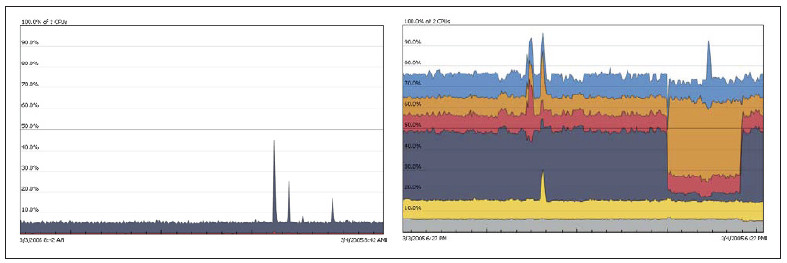
Higher utilization rates of SQL deployments mean that IT teams are able to do more with less.
Here is an updated support statements for running SQL on vSphere.
Here’s an example of SQL license savings associated with virtualizing, along with an improvement in performance and reliability.
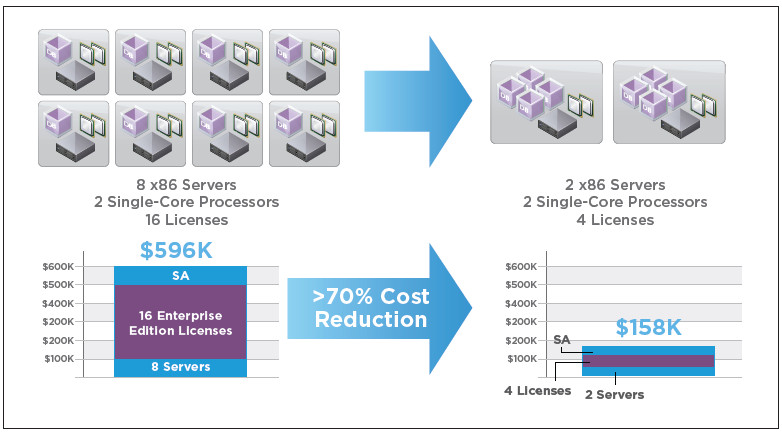
Learn more: Virtualizing Business Critical Applications Whitepaper [39-page PDF]



